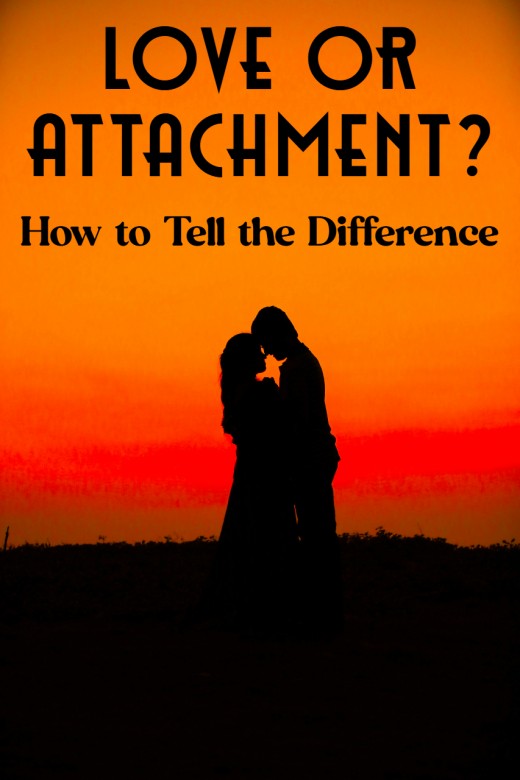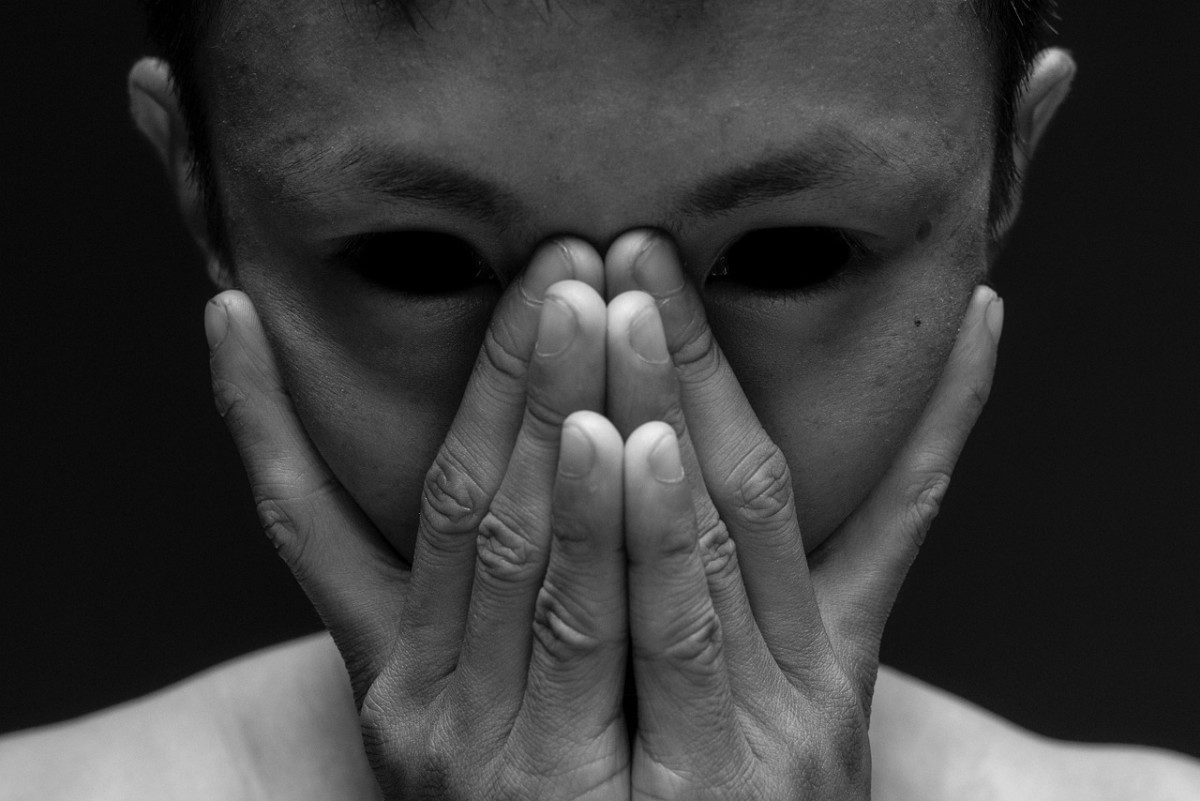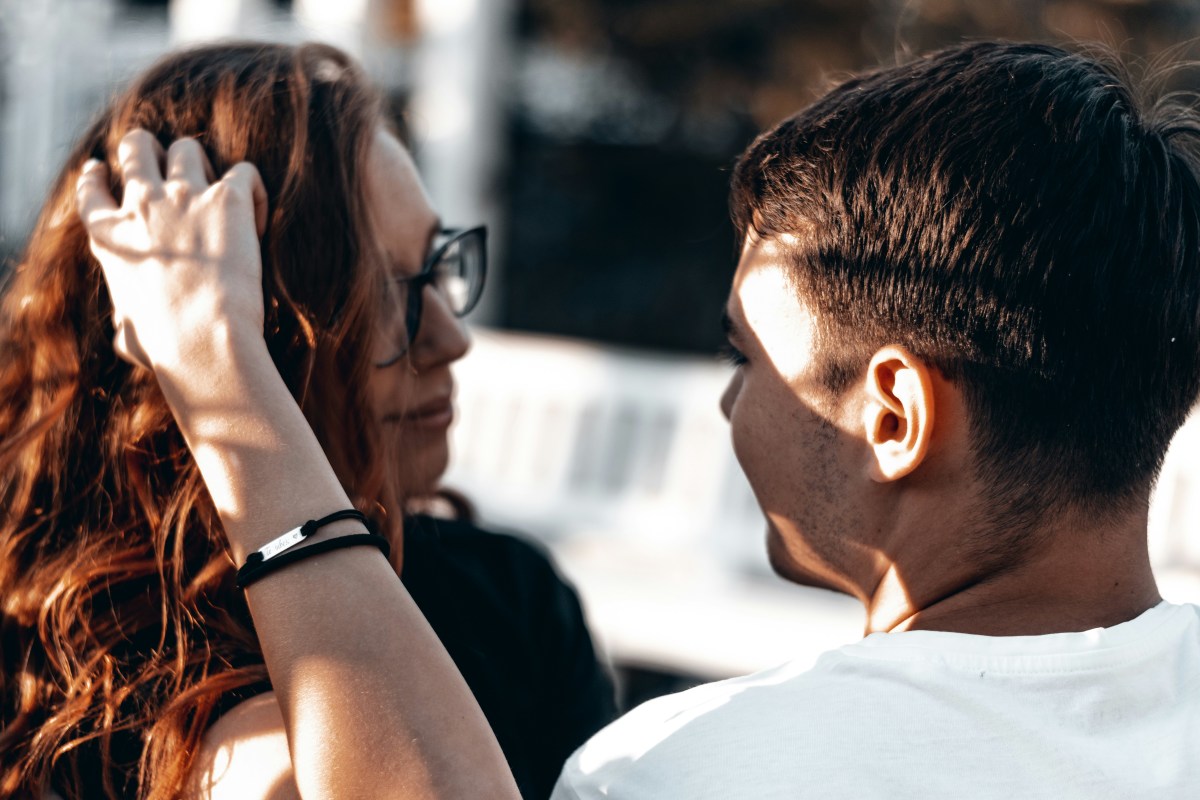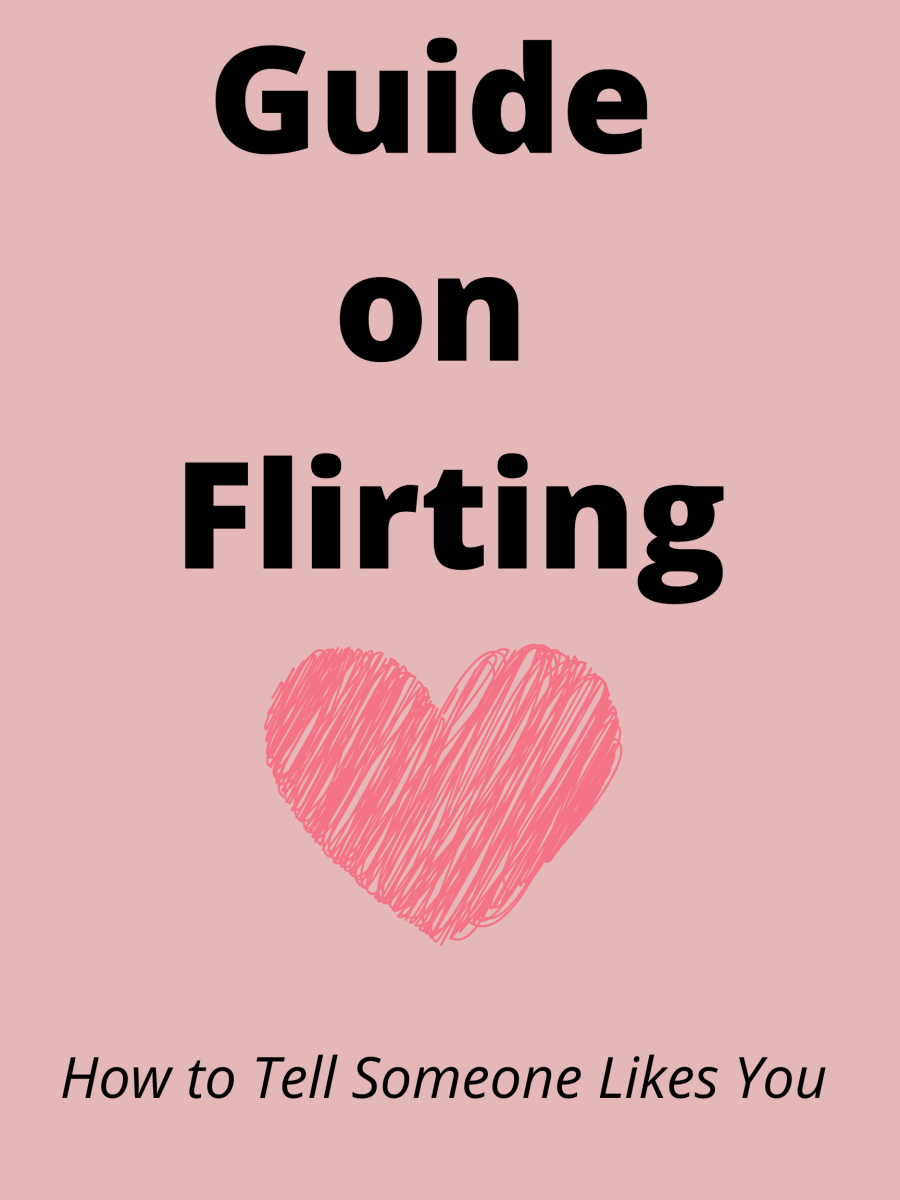- HubPages»
- Gender and Relationships»
- Relationship Problems & Advice»
- What is Love?
Is It Love or Just Attachment? How to Know for Sure

Is It Love or Attachment? How to Know the Difference
The name of your new partner lingers in your mind like a sweet melody you’ve just discovered. A single glance from them sets your heart racing. You stay up late replaying every text, wondering if a delayed reply indicates something’s wrong. Their smile feels like sunlight breaking through clouds, yet your chest tightens.
You’re breathless, but is this love? Or perhaps is it the fear of losing something that was never quite yours?
These feelings can be intoxicating, but they are also deceptive. We all want to believe we’ve found “the one.” However, not every connection is rooted in real love. Sometimes it’s attachment wearing love’s disguise. Knowing the difference isn’t just helpful; it’s essential.
Whereas love conveys peace, freedom, and mutual growth, attachment brings anxiety, control, and emotional exhaustion. One builds something lasting while the other slowly tears you down from the inside out. Before you go all in, don't you owe it to yourself to know if it’s love—or rather fear—that’s pulling you in?

What Real Love Feels Like: Signs You’re Truly in Love
Falling in love is one of the most intense emotional experiences a human can have. It’s been studied worldwide, across ages and cultures, and even through brain imaging. Romantic love typically involves a deep sense of connection, admiration, emotional safety, and mutual care.
Brain chemistry kicks in fast. Within minutes of meeting someone attractive, your brain can start releasing dopamine and oxytocin—the chemicals linked to desire, bonding, and trust.1 In fact, surveys find that about one in three people report falling in love at first sight.2 Are you perhaps one of them?
Even when love isn't instant, it doesn't take long to take root. A 2025 study of young adults across 33 countries found that men fall in love in just under one month on average, while women take nearly twice as long.3
But real love isn’t just about speed or sparks. Clarity matters more. How do people describe love in lasting relationships? Surveys and interviews with long-term couples consistently reveal these signs:
-
A deep sense of emotional safety
-
Mutual respect and shared values
-
A desire to support the other person’s growth—even if it creates distance
-
Joy in being together, but emotional steadiness when apart
-
A sense that the relationship adds meaning and peace to their lives.4
Unlike early infatuation, which can cause anxiety and agitation, real love tends to create emotional stability. Recent brain imaging studies show that long-term romantic love activates regions tied to calm, sustained bonding, not the anxious craving of early-stage romance.5 These areas include the brain's reward system (e.g., basal ganglia) and its social cognition centers (e.g., temporoparietal junction), reflecting both pleasure and a shared social connection.
Love’s presence becomes especially clear during conflict. Couples in loving relationships resolve problems with care, communicate openly, and prioritize both the other’s experience as well as their own. Love means being part of an emotional partnership, not constantly seeking reassurance or approval.

What Is Attachment in Relationships?
Attachment is wired into us from birth. As infants, we bond with caregivers for safety and survival, shaping how we connect in adult relationships. Secure attachment helps us build emotional closeness and resilience, while insecure attachment can distort our understanding of love.
Attachment is about emotional safety, a survival-driven need. It says: “I need you to feel okay, so I can feel okay.” That’s normal and deeply human. However, when attachment becomes the main driver in a relationship, it can overshadow higher needs like trust, autonomy, and mutual respect. This can lead to dependency, jealousy, and chronic anxiety. Instead of a balanced partnership, the relationship becomes focused on managing fear and seeking reassurance. Real love supports growth, not just survival.
People with anxious attachment styles often experience the following:
-
Fear of abandonment or rejection
-
Constant preoccupation with the relationship
-
Difficulty trusting their partner’s love
-
Attempts to control or test the relationship to feel secure
-
Feeling incomplete or unworthy without the other person6
Neuroscience supports this. Insecure attachment activates the brain’s threat detection systems, keeping the nervous system on high alert—even during harmless situations.7 This creates tension and vigilance, rather than the relaxation seen in secure love relationships.
What many call “chemistry” can sometimes be the spark of familiar dysfunctional patterns: inconsistency, emotional highs and lows, and push-pull dynamics. These patterns activate the brain’s reward centers in addictive ways, but they don’t foster healthy connection.8
This is why attachment can feel so much like love. Although it’s emotionally intense and compelling, it’s driven by need and fear, rather than shared growth and peace.

How to Tell the Difference: Is It Love or Attachment?
Love and attachment often coexist. You can feel both at once. When one dominates, your relationship experience changes.
Here's why it matters: Relationships built on love last longer, feel more fulfilling, and promote personal well-being. Attachment-driven relationships tend to collapse under unmet expectations and constant need for reassurance.
Ask yourself:
-
Do I want them or need my partner?
Love is about wanting someone in your life. Attachment feels like you can’t function without them.
-
Am I calm or anxious in this relationship?
Love brings steadiness. Attachment fuels worry and uncertainty.
-
Do I trust my significant other or constantly test them?
Love is grounded in trust. Attachment breeds control and monitoring.
-
Do we support each other’s growth, even if it creates distance?
Love encourages freedom. Attachment resists change that threatens closeness.
-
Would I be okay without this relationship?
Love enhances your life but doesn’t define your worth. Attachment ties your identity to their presence.
-
Can I be honest and safe even in disagreement?
Love embraces conflict as part of growth. Attachment either avoids conflict or explodes in it.
These questions don’t have simple yes/no answers but instead help clarify your feelings. If your relationship is full of drama, confusion, or exhaustion, attachment may be at the core.

Love vs. Attachment: 10 Key Differences
Love
| Attachment
|
|---|---|
1. Grows with freedom
| Tightens with control
|
2. Built on mutual respect and care
| Driven by fear of loss or rejection
|
3. Feels calm and secure
| Feels anxious and unstable
|
4. Accepts differences and autonomy
| Fears distance or disagreement
|
5. Encourages individual growth—even if it creates distance
| Demands closeness to feel secure
|
6. Focuses on both people’s needs
| Focuses on keeping the person close
|
7. Is about wanting, not needing
| Feels like you can’t function without them
|
8. Gives space for honesty and conflict
| Avoids or explodes in conflict
|
9. Enhances your life
| Defines your worth
|
10. Gives freely
| Monitors, tests, and controls
|

Love vs. Attachment: Why People Get It Confused
Early in dating, love and attachment often blur together. The rush of dopamine creates urgency. You crave their attention, fear losing the connection—and that’s normal sometimes. But over time, all relationships should evolve toward emotional safety and stability, not chaos.
Many of us carry unconscious attachment patterns from childhood. If affection felt inconsistent or conditional growing up, your nervous system may confuse need with intimacy. Anxiety can feel like love simply because it’s familiar—even though it drains your peace.
Research supports this clearly: A large meta-analysis of 79,000 adults found that higher levels of attachment anxiety or avoidance are strongly associated with increased negative emotions—such as depression, loneliness, and anxiety—and lower levels of life satisfaction and self-esteem.9 In other words, attachment insecurity can mimic love but often leads to emotional exhaustion rather than meaningful bonding.
Recognizing these patterns isn't about blaming anyone—it's about reclaiming your awareness. These survival instincts are real, but they can be reshaped. The first step is simply asking yourself whether what you're experiencing is love—or an old defense still running on autopilot.
Final Thought: Choose Love, Not Fear
Attachment isn’t your enemy—it’s your brain’s way of trying to keep you safe. But it’s not the same as love. Love doesn't ask you to abandon your sense of self. It doesn’t make you feel unworthy. And it doesn’t leave you gasping for emotional air.
When you're uncertain, ask: Does this relationship help me become more of who I am—or make me afraid to be myself?

What MOST makes you question if it's love or something else?
References
1 Acevedo, B. P., Aron, A., Fisher, H. E., & Brown, L. L. (2020). Neural correlates of long-term intense romantic love. Social Cognitive and Affective Neuroscience, 15(3), 455–464. https://doi.org/10.1093/scan/nsaa062
2 Brigham, T. (2015). Falling in love at first sight: The psychology and neuroscience behind it. Psychology Today. https://www.psychologytoday.com/us/blog/stronger-the-broken-places/201511/falling-in-love-first-sight
3 Bode, A., Luoto, S., & Kavanagh, P. S. (2025). Men fall in love faster and more often: A cross-cultural study. Biology of Sex Differences, 16(1), 16. https://doi.org/10.1186/s13293-025-00698-4
4 Sprecher, S., & Regan, P. C. (1998). Passionate and companionate love in courting and young married couples. Sociological Inquiry, 68(2), 163–185. https://doi.org/10.1111/j.1475-682X.1998.tb00459.x
5 Forbes, C. E., & Diamond, L. M. (2022). The neurobiology of attachment and love. Annual Review of Psychology, 73, 1–29. https://doi.org/10.1146/annurev-psych-051520-012343
6 Mikulincer, M., & Shaver, P. R. (2007). Attachment in adulthood: Structure, dynamics, and change. Guilford Press.
7 Coan, J. A., & Sbarra, D. A. (2020). Social Baseline Theory: The social regulation of risk and effort. Current Opinion in Psychology, 32, 1–5. https://doi.org/10.1016/j.copsyc.2019.05.004
8 Zayas, V., & Shoda, Y. (2015). Love regulation: Individual differences in the regulation of romantic love feelings. Journal of Personality and Social Psychology, 109(6), 1022–1041. https://doi.org/10.1037/pspp0000048
9 Zhang, X., Li, J., Xie, F., Chen, X., Xu, W., & Hudson, N. W. (2022). The relationship between adult attachment and mental health: A meta-analysis. Journal of Personality and Social Psychology, 123(5), 1089–1137. https://doi.org/10.1037/pspp0000437
© 2025 Elaina Baker








